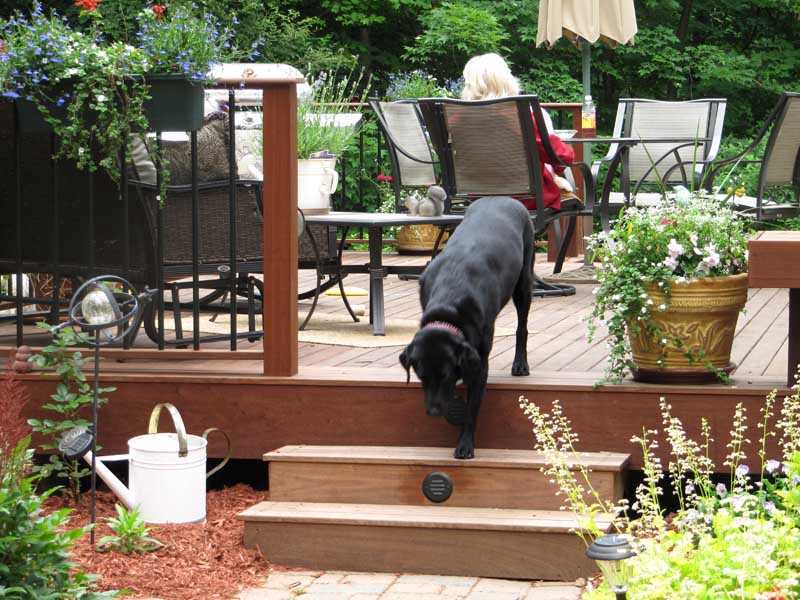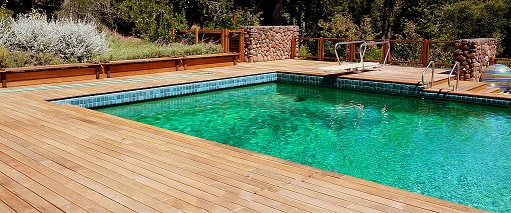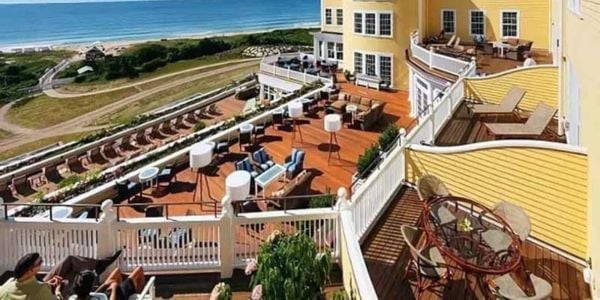
Related Posts



Building a deck is about more than just a place to put a grill; it's about creating a durable, beautiful outdoor living space. When clients want a deck that is a showstopper and will truly last, you need decking material that can stand up to the elements, insects, foot traffic, and look great for decades. Sustainable and beautiful Ipe wood decking is still the go-to solution for high-end deck builders and here’s why.
 Mataverde Ipe wood decking in a garden, with Ipe railings and low steps. Ipe is splinter and slip resistant, rot resistant, and pet friendly.
Mataverde Ipe wood decking in a garden, with Ipe railings and low steps. Ipe is splinter and slip resistant, rot resistant, and pet friendly.
Also know as Brazilian Walnut, Ipe hardwood, (pronounced "E-pay") is famous for its incredible strength and natural resistance to rot and insects. The U.S. Navy even put it to the test back in 1962, finding it to be one of the toughest timbers available against termites and insect attacks. Ipe tested so highly the U.S. Navy selected Ipe wood to construct the locks in the Panama Canal. The US Forest Products Laboratory has performed extensive testing of Ipe. The USFPL has found Ipe to be very resistant to attack by decay fungi and termites. (Gale.com "Forest Products Journal(Vol. 61, Issue 8")
From high-traffic boardwalks to luxury residential decks, Ipe has proven its value. Its smooth surface, rich color, and minimal maintenance make it a top choice for builders who prioritize quality. In this article, we'll dive deeper into why Ipe is the ultimate choice for your next project, giving you the knowledge to build a deck that will truly stand the test of time.
 Mataverde Ipe wood decking boards with an oil finish
Mataverde Ipe wood decking boards with an oil finish

Mataverde Ipe wood rooftop deck and pergola, with Ipe planters and playscape
While all subspecies of Ipe are extremely strong, hard and dense (it will actually sink in water), the best Ipe subspecies are native to Northern Brazil. In this fast growing tropical climate, the Ipe tree reaches full maturity in about 30 to 35 years.
The Ipe tree can grow from 140 to 150 feet in height with trunk diameters up to 6 ft. In northern Brazil, Mataverde Ipe is harvested by sustainable yield forestry methods including IBAMA/SEMA and FSC (Forest Stewardship Council).

A mature Ipe tree (center) emerges through the forest canopy

Ipe wood decking and deck rails with a picture frame border using Garapa wood
Ipe has a fiber bending strength that is so high, it takes 3,680 lbf (pounds-force) to break an Ipe board. On the Janka Hardness Scale (Wood-Database.com "Janka Hardness")
Ipe is also very stable after drying. Ipe is known to dry rapidly and beautifully with little shrinkage and minimal checking, warping, or twisting. Making your job easier and your finished product more impressive.
Ipe lumber is available in a wide variety of sizes. Select the sizes you need, and consider deck railings and other features like pergolas, planters, built in seating.
From a cost and value perspective, Ipe is the best value. Ipe is stronger than teak and costs about 75% less than teak. Ipe wood outlasts virtually every other wood species in an outdoor environment, more than 25 years without maintenance
Ipe also has a Class A Fire Rating making this beautiful wood an excellent option in projects where aesthetics meet fire resistance concerns. In lifecycle cost analyses Ipe ranks at the top of the list making it an exceptionally good (and sustainable) return on investment.


